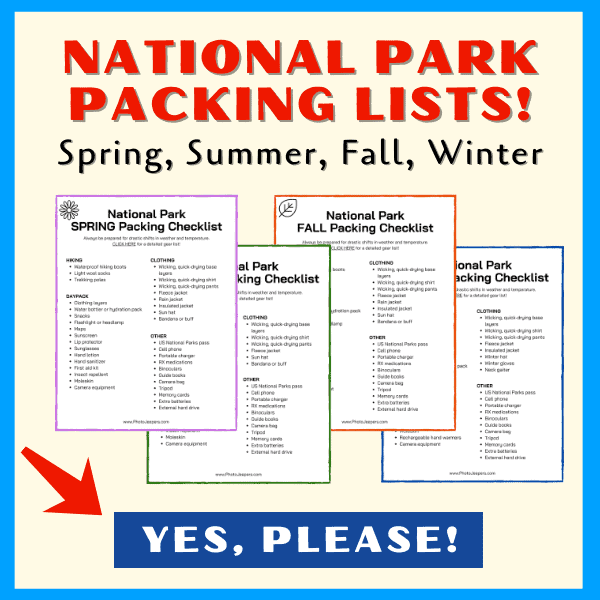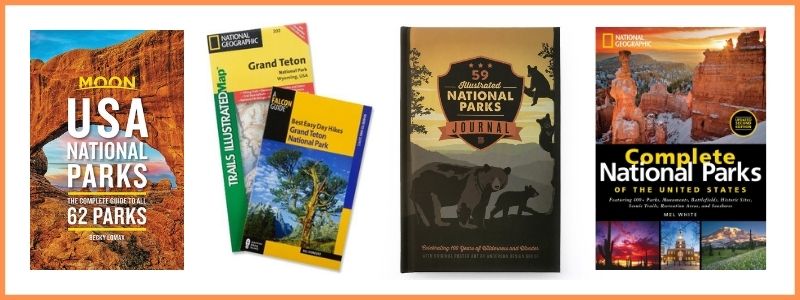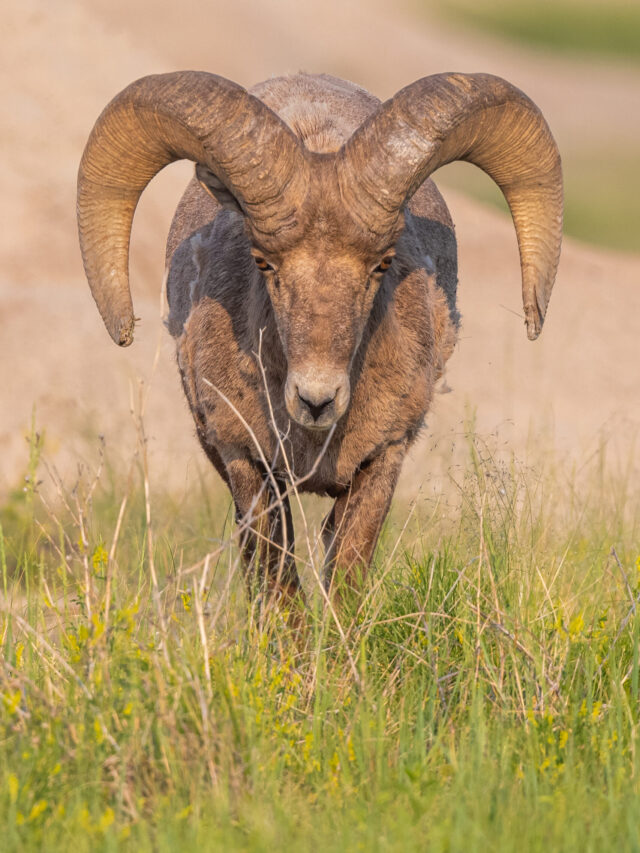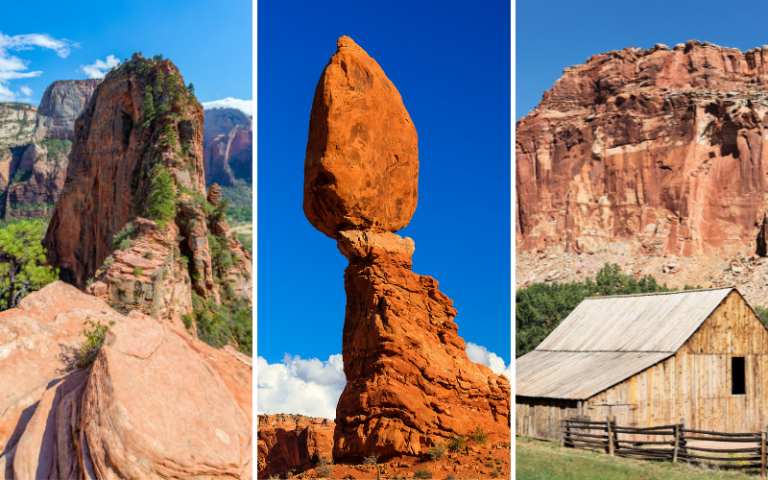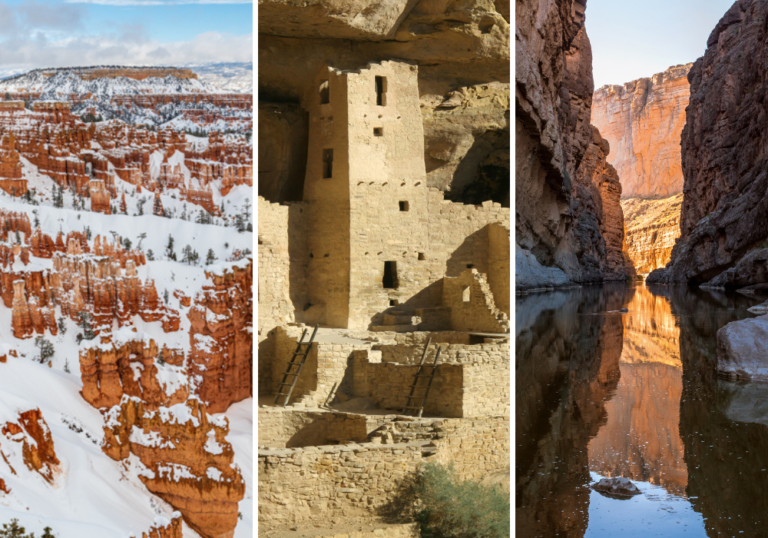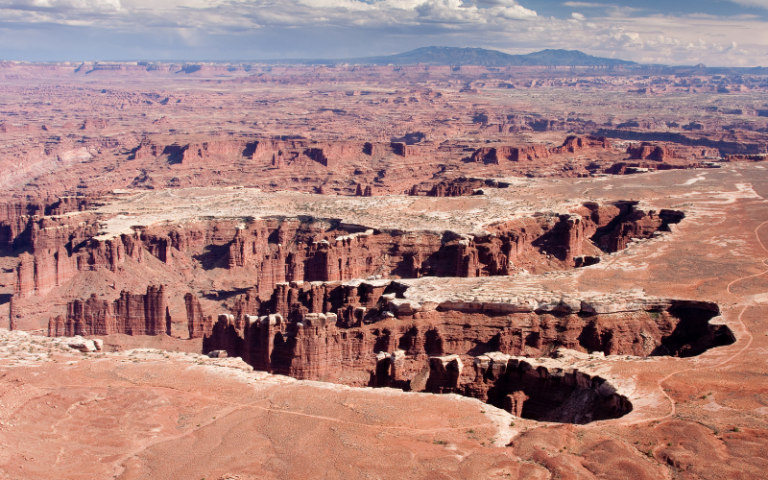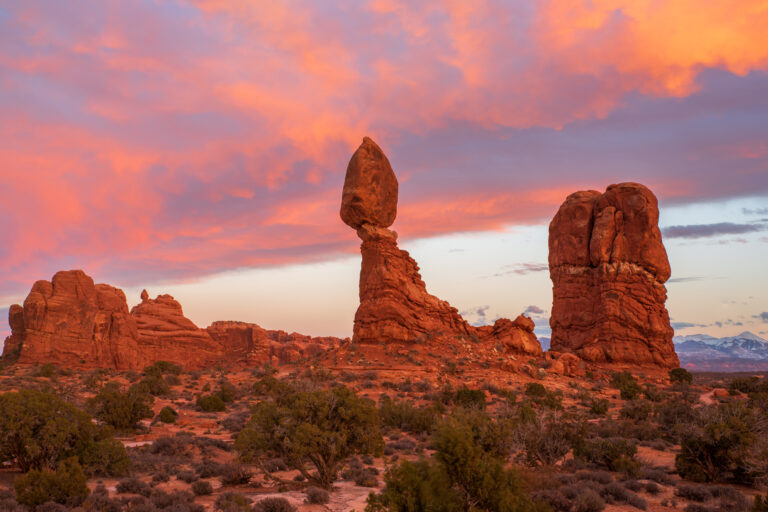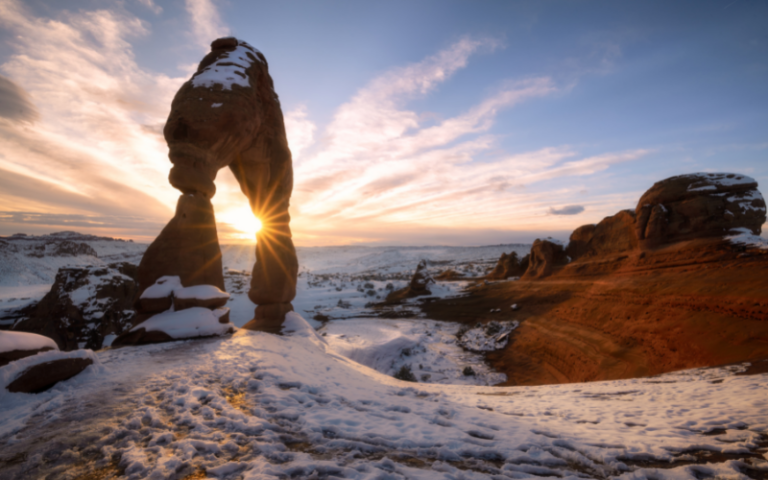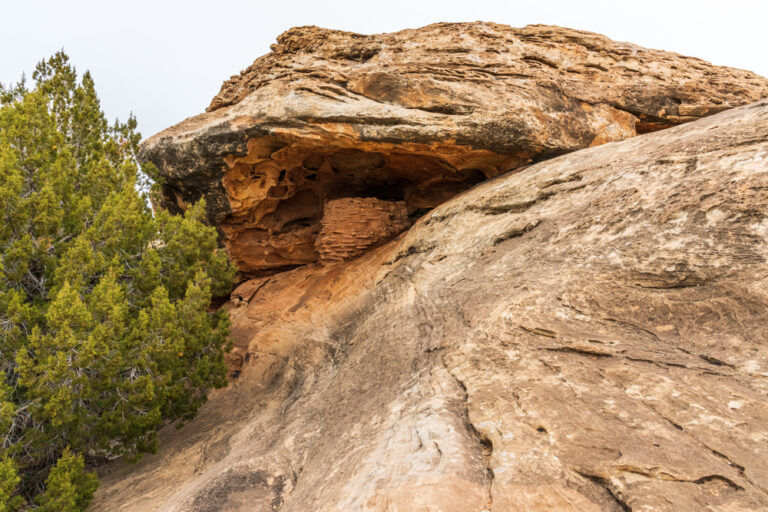Best Places to See Wildlife in US National Parks
Are you eager to catch a glimpse of America’s awe-inspiring wildlife in its natural habitat? Well, you’re in luck because we’ve got a list of the best places to see wildlife in US National Parks!
If looking for wildlife is part of your US National Park vacation itinerary, this guide provides locations and tips for spotting a variety of animals at various parks.
Remember that watching animals in a National Park is a unique experience to view them as they live and interact with each other in their natural habitat. This is vastly different from seeing animals in a zoo.
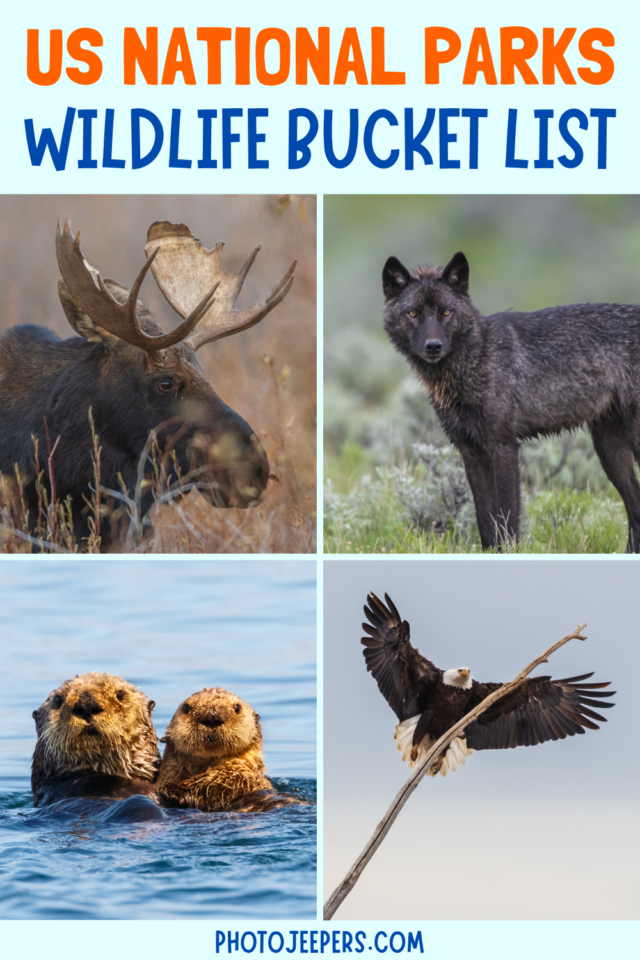
There is no set location or schedule to see wildlife at the National Parks in the US. Rangers can only provide tips for the best places inside the park to see certain animals.
The best times of day to see animals in the National Parks is the morning and evening. We recommend getting into the parks early and staying late for your best chances to see animals. But that doesn’t mean you won’t see wildlife during the day. You just never know. Always be ready for the unexpected!
Viewing and photographing wildlife is at the top of our list of things to do when we visit US National Parks. The tips we share are based on our years of experience seeing all types of animals at a variety of America’s National Parks.
We’ve put together a US National Park Packing List to make sure you have the right clothing and gear for visiting the parks any time of year! Grab your free printable packing checklist by clicking the image below!
This site contains affiliate links which means WE may receive commissions for purchases made through these links. We only provide links to products we actually use and/or wholeheartedly recommend! As an Amazon Associate, we earn from qualifying purchases. Read the full Disclosure Policy.
What to Pack for Wildlife Viewing at National Parks
Here’s a list of items to bring to enhance your experience seeing wildlife at US National Parks, plus the best camera equipment for taking pictures of wildlife:
- US National Parks Pass – You can order passes online or get them at any of these Federal Recreation Areas.
- BUY THE PASS AT REI and they will donate 10% of sales to the National Park Foundation.
- Binoculars or Spotting Scopes
- Wildlife Field Guides
- Sun Protection
- Refillable Water Bottles
- Bear Spray (if you’re heading to parks with bears)
- Best Cameras for Wildlife Photography
- Best Tripods for Wildlife Photography
- Best Lenses for Wildlife Photography
There are a few things you do no want to take with you into the park:
- Food for Animals – do not feed birds or any wildlife in National Parks.
- Animal or Bird Calls – it is illegal to mimic animal sounds in the parks because it’s considered harassment.
- Spotlights or Laser Pointers – these are prohibited in the National Parks as they are disruptive to animals.
- Pets – your pet may chase or threaten wildlife, or they may be chased or threatened by wildlife.
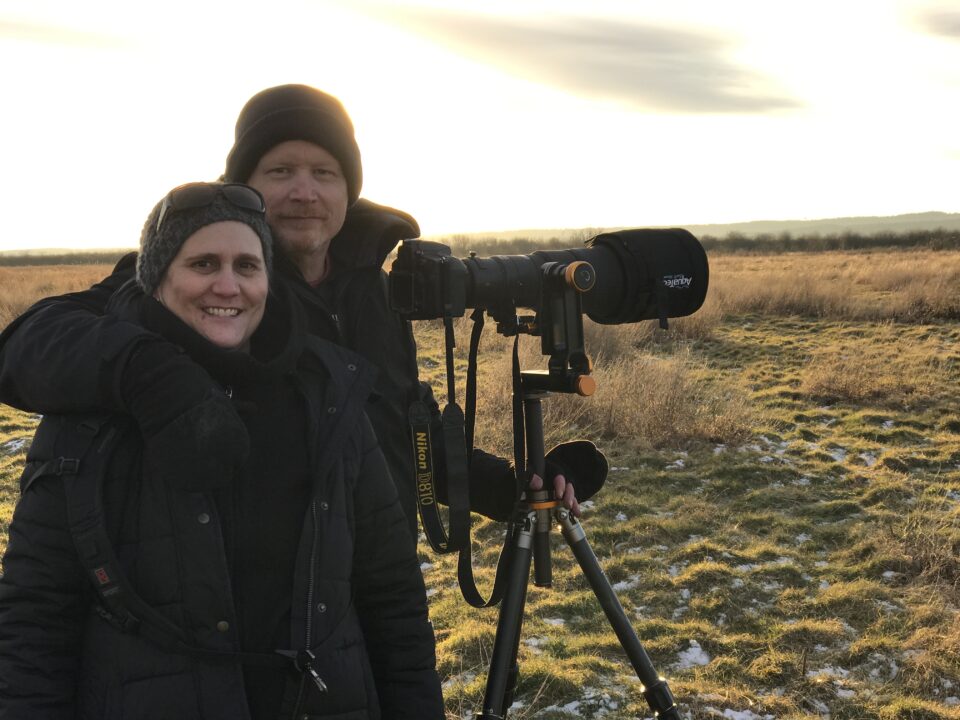
Tips for Viewing Wildlife at National Parks
It’s a privilege to visit National Parks and see animals in the wild. It’s important to treat wildlife with caution and respect. There are simple guidelines to ensure your safety and the safety of the animals at the parks.
Be informed – Every park has specific guidelines for wildlife viewing distances, food storage requirements, and pets.
Viewing guidelines – Everyone stays safe when you give animals room. Most parks require you stay a minimum distance of 25 yards from wildlife – and 100 yards from predators like bears and wolves.
Use the zoom – If you’re close enough for a selfie, you’re definitely too close to the animals! Use binoculars, spotting scopes, or a zoom lens. Observe from a distance so animals don’t react to your presence.
Road etiquette – Always follow speed limits and watch for wildlife that may dart into the road at any time! When you stop to watch wildlife, don’t stop your car in the middle of the road so it blocks traffic. Find a safe place to pull over so there is no part of your car sticking into the road.
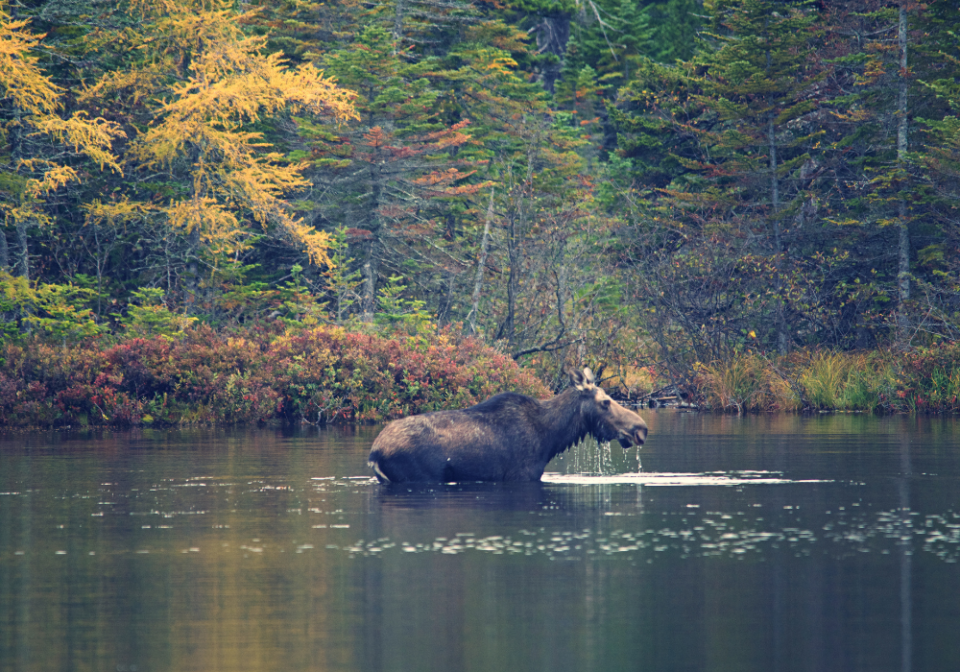
Best Places to See Wildlife in US National Parks
To guide you through the best of the best, we’ve curated a comprehensive list of the top 15 US National Parks where you can witness the most extraordinary wildlife wonders.
Acadia National Park for Moose
Spotting a moose in Acadia National Park, Maine, is a thrilling and unforgettable wildlife encounter. These unique creatures are known for their towering stature and impressive antlers. They roam the park’s diverse landscapes and add beauty to its coastal scenery.
Their dark brown fur, long legs, and distinctively shaped antlers are always fascinating. You can find moose near bodies of water, such as lakes, ponds, and marshes. There, they often graze on aquatic plants and wade for food.
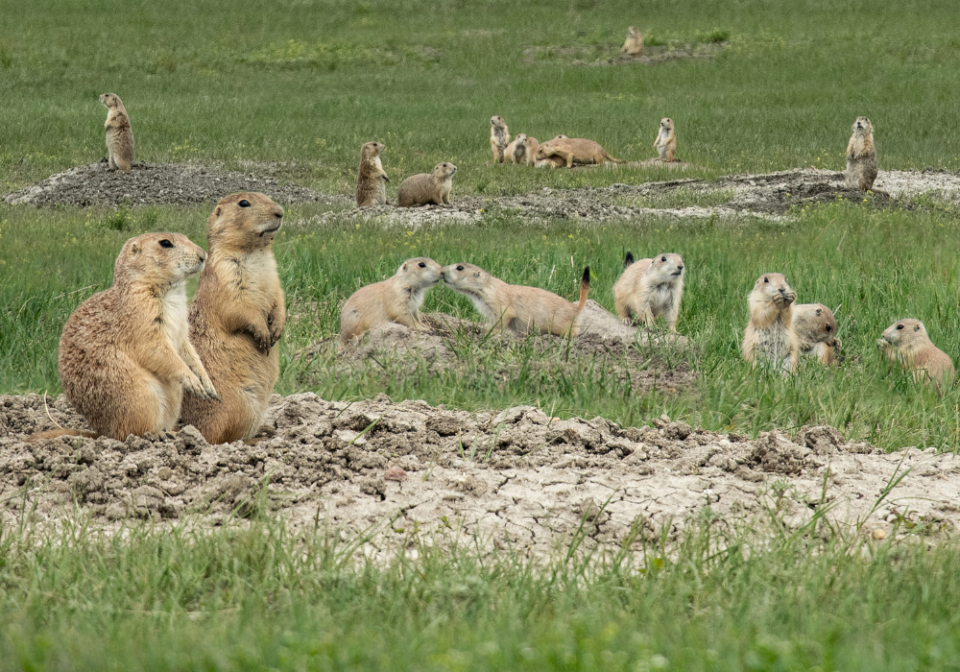
Badlands National Park for Prairie Dogs
The striking landscapes of Badlands National Park in South Dakota are where a prairie dog creates intricate underground burrow systems. Each of them lives in close-knit communities known as towns. Watch out for mounds of soil and open holes that serve as entrances to the underground homes of these unique creatures.
Prairie dogs are highly social animals, and their towns are filled with fascinating behaviors and interactions. We love stopping at Roberts Prairie Dog Town in Badlands to watch them popping out of their burrows, standing on their hind legs to survey their surroundings, and communicating through barks and chirps.
Big horn sheep are also a common animal to see in Badlands as you explore the scenic drive through the park! It’s amazing to watch them scramble up and down the steep formations. You can also see bison at Badlands. We had one “sneak” up on us in the dark when we were photographing the milky way and gave us quite the surprise!
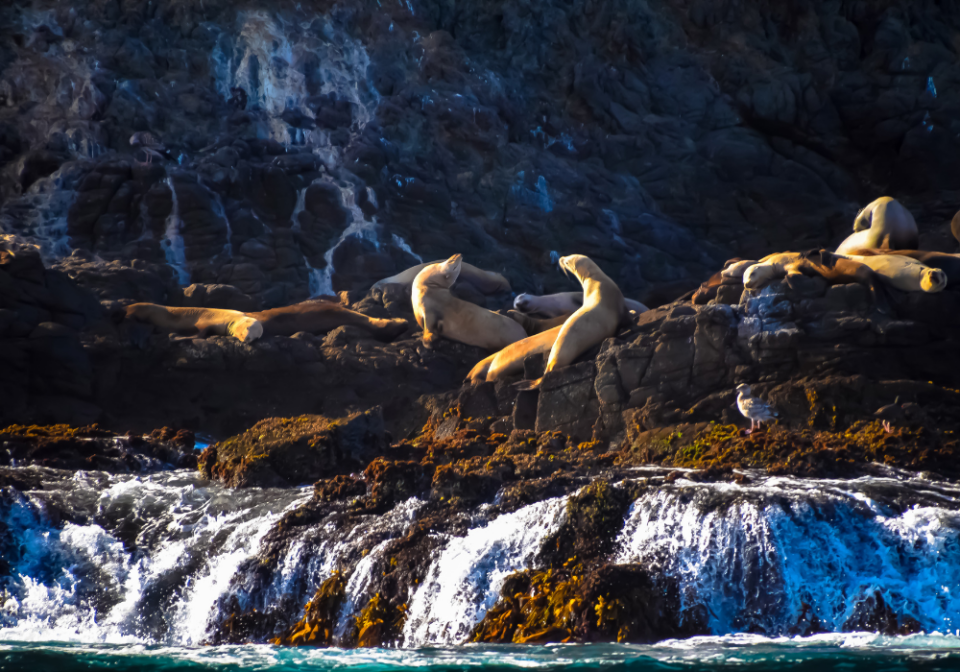
Channel Islands National Park for Sea Lions
Observing a sea lion in the Channel Islands National Park is a delightful and immersive wildlife experience. With their playful nature and distinct vocalizations, these charismatic marine mammals add a vibrant touch to the park’s coastal ecosystem. You can spot sea lions lounging on rocky shores, basking in the sun, or swimming in the park’s surrounding waters.
San Miguel Island is home to one of the largest rookeries in the world for California sea lions with a breeding population of approximately 80,000 animals. If you’re visiting this California National Park in the summer, you’re likely to see young sea lions that are typically born in June!
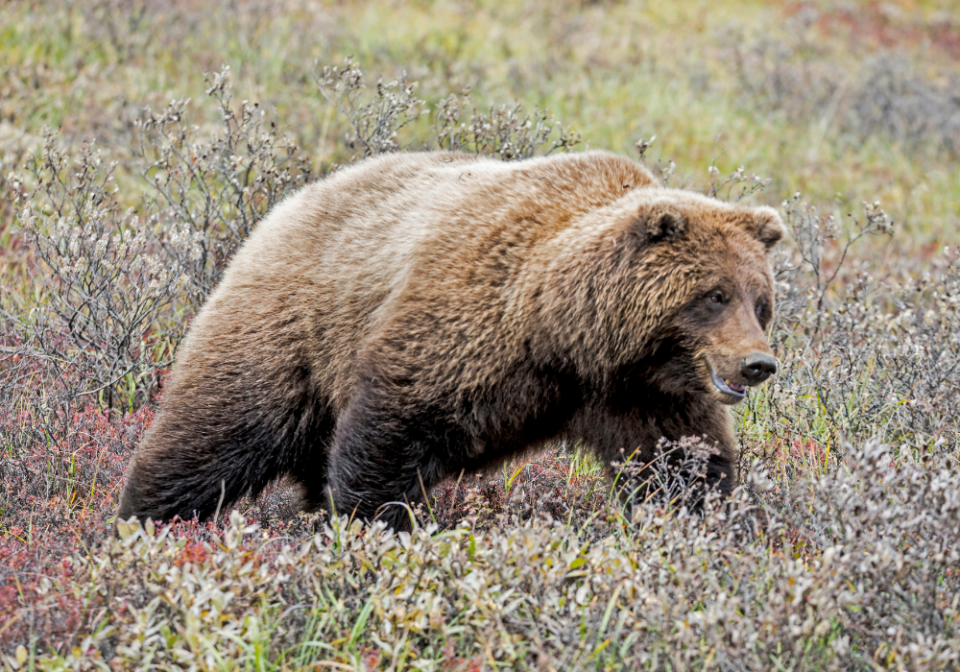
Denali National Park for Grizzly Bears
Denali National Park in Alaska is renowned for its incredible wildlife, and one of the most thrilling encounters visitors can have is spotting a grizzly bear. As you explore the park’s vast wilderness, you may catch sight of grizzly bears in Denali in their natural habitat. With their powerful presence and distinctive hump, grizzly bears are an iconic symbol of the Alaskan wilderness.
Before visiting Denali, learn how to stay safe around bears (black and brown). Remember to keep your food and other scented items stored in a hard-sided vehicle.
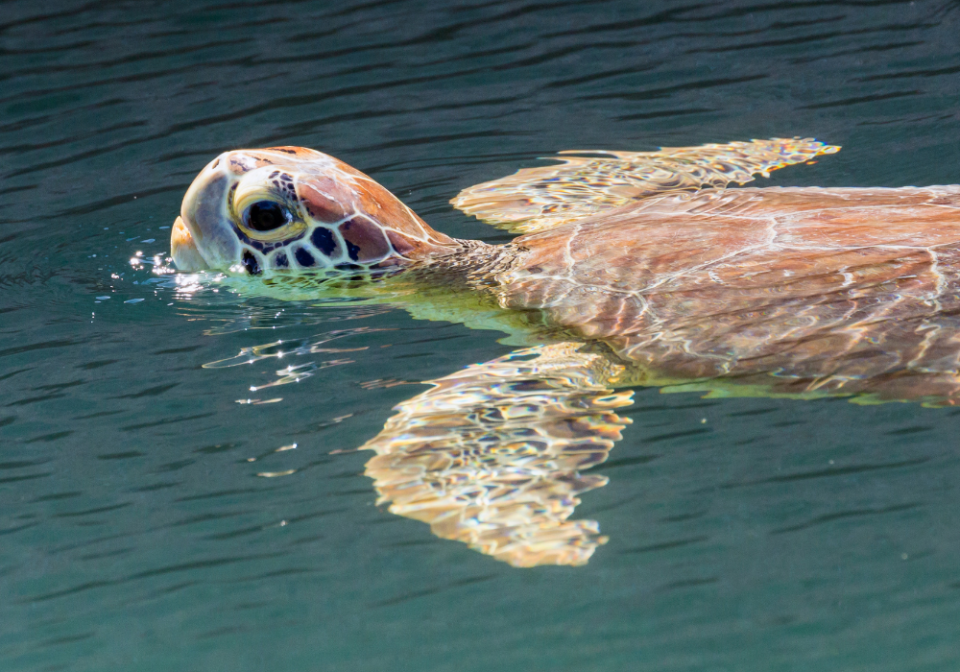
Dry Tortugas National Park for Sea Turtles
Dry Tortugas National Park in Florida is home to several species, including the green, loggerhead, and hawksbill turtle. The park’s crystal-clear waters and pristine coral reefs provide an ideal environment for sea turtles to thrive.
You can spot sea turtles at Dry Tortugas as they glide gracefully through the water or come up for air on the surface. The park’s coral reefs make essential feeding grounds for these sea turtles possible. They graze on sea grasses, algae, and other marine vegetation.
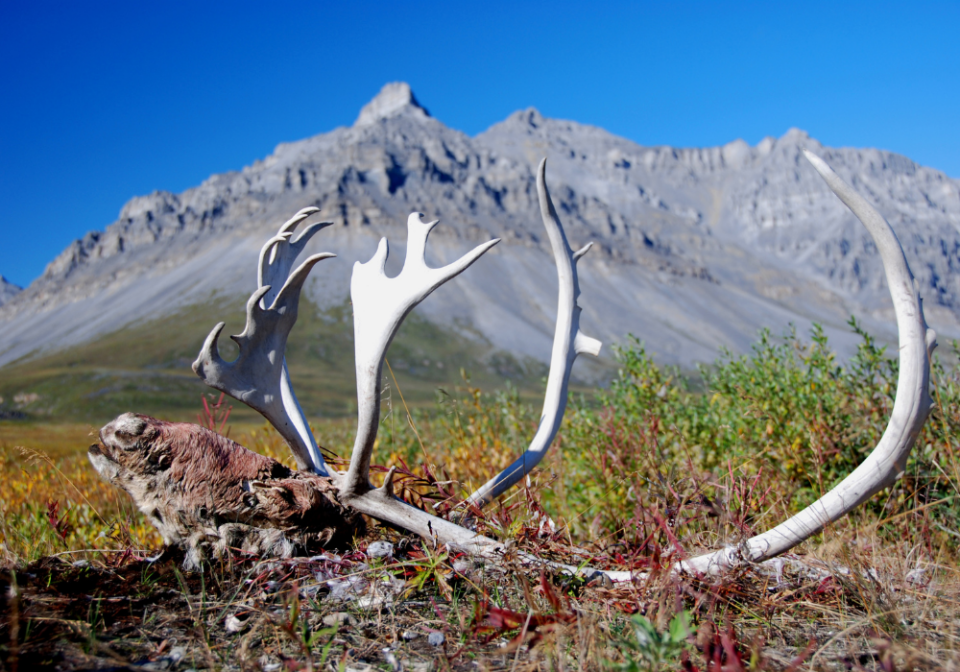
Gates of the Arctic National Park for Caribou
The 500,000 member Western Arctic Caribou Herd is the largest herd in Alaska. In late July and August you can see caribou in the Noatak and Killik River drainages. The best way to see caribou in the Gates of the Arctic National Park is backpacking and river trips.
As you hike through the park you’ll come across antler sheds and animal bones. It’s a great reminder of nature’s lifecycle. The area is a place where big animals live and you’re simply visiting!
You’ll need to book a plane tour to Gates of the Arctic. The guides of these tour companies are very knowledgeable about the caribou migrations and best places to find them in the park!
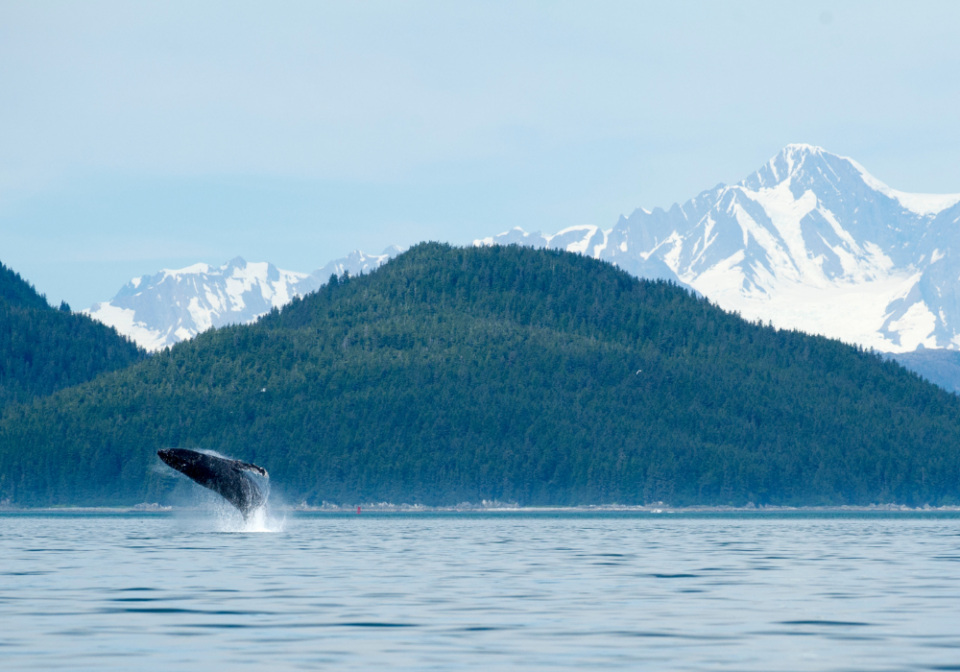
Glacier Bay National Park for Humpback Whales
Spotting a humpback whale in Glacier Bay National Park is an extraordinary encounter. Such an encounter highlights the park’s commitment to conservation and marine ecosystem preservation.
Booking a Glacier Bay boat tour or cruise is one of the best ways to see these humpback whales. Guides know how to find these unique creatures that often surface to breathe and reveal their iconic blow, a tall spout of water and mist, before they dive back into the deep sea.
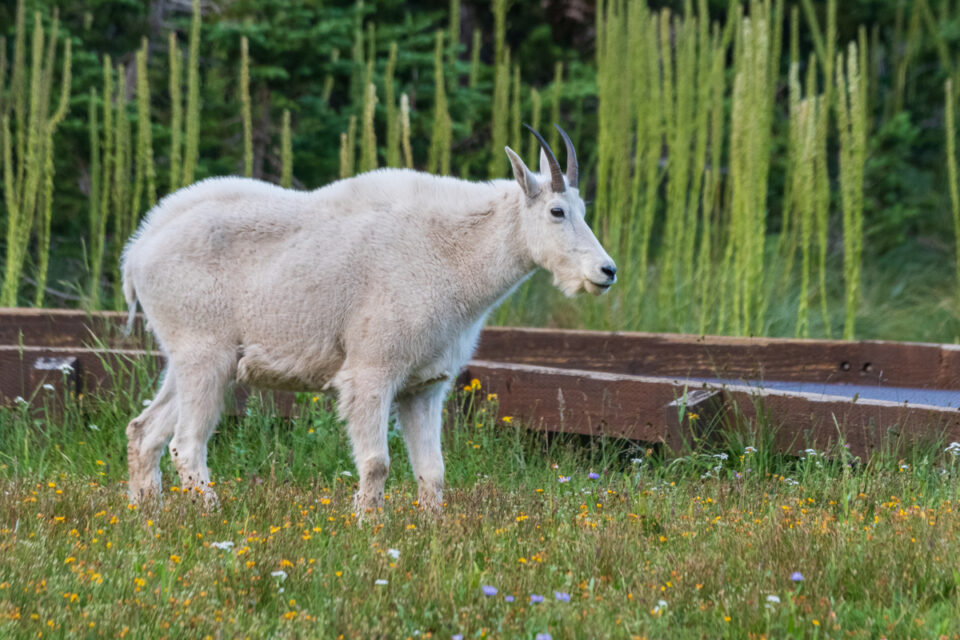
Glacier National Park for Mountain Goats
Glacier National Park in Montana offers an exciting opportunity to spot mountain goats in their natural habitat. These sure-footed creatures are adapted to thrive in the rugged terrain of the park’s alpine meadows and rocky slopes. With their distinctive white coats, curved horns, and agile movements, mountain goats are a captivating sight against Glacier’s breathtaking landscapes.
The best place to see mountain goats at Glacier National Park is near the Logan Pass Visitor Center on the Going-to-the-Sun Road. We’ve encountered many mountain goats here in the parking lot and along the Hidden Lake Trail.
Mountain goats and big horn sheep often found in the parking lot and along the trails here so be sure to give them room and keep a safe distance!
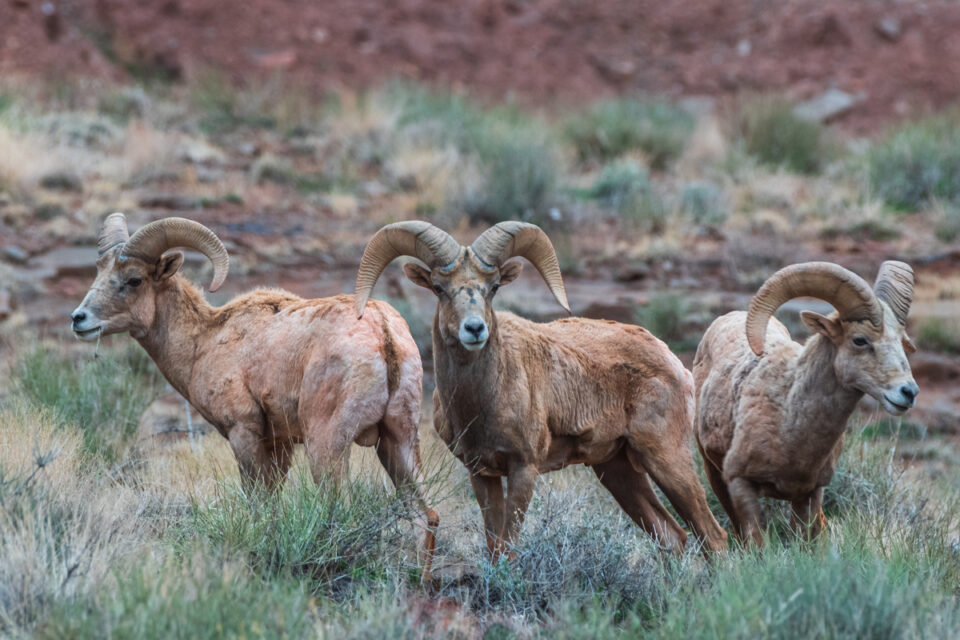
Grand Canyon National Park for Bighorn Sheep
Have a remarkable encounter with a herd of bighorn sheep at Grand Canyon National Park in Arizona. These agile and sure-footed creatures are also known as desert bighorns. They navigate the canyon’s rugged terrain with impressive skills.
They are distinctive for having curved horns and sandy-colored coats that match the surrounding rock formations, making them very attractive against the canyon’s grandeur. Bighorn sheep herds often transverse the canyon’s steep slopes, ledges, and cliffs.
We’ve also encountered elk along the Desert View Road. Remember it’s important to never park in the middle of the road to watch or photograph wildlife. Find a pullout to stop your car safely off the road.
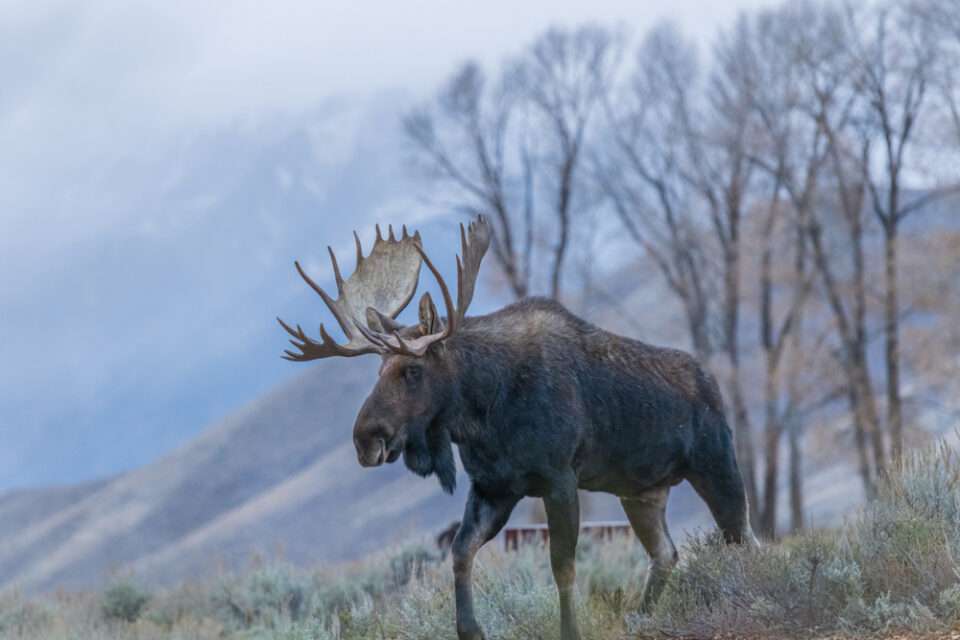
Grand Teton National Park for Moose
In Grand Teton National Park, spotting moose is a thrilling wildlife encounter. Moose like to stay close to their food supplies, in marshy areas and willow meadows. Moose are most active during the hours of dawn and dusk.
We’ve had good success seeing moose at Grand Teton near Oxbow Bend, Schwabacher Landing, Moose-Wilson Road, and along the Gros Ventre Road.
Keep an eye out for antelope, elk, and bears in the park as well. If you’ll be doing any Grand Teton Day Hikes, be sure to carry bear spray and hike in groups of 3 or more.
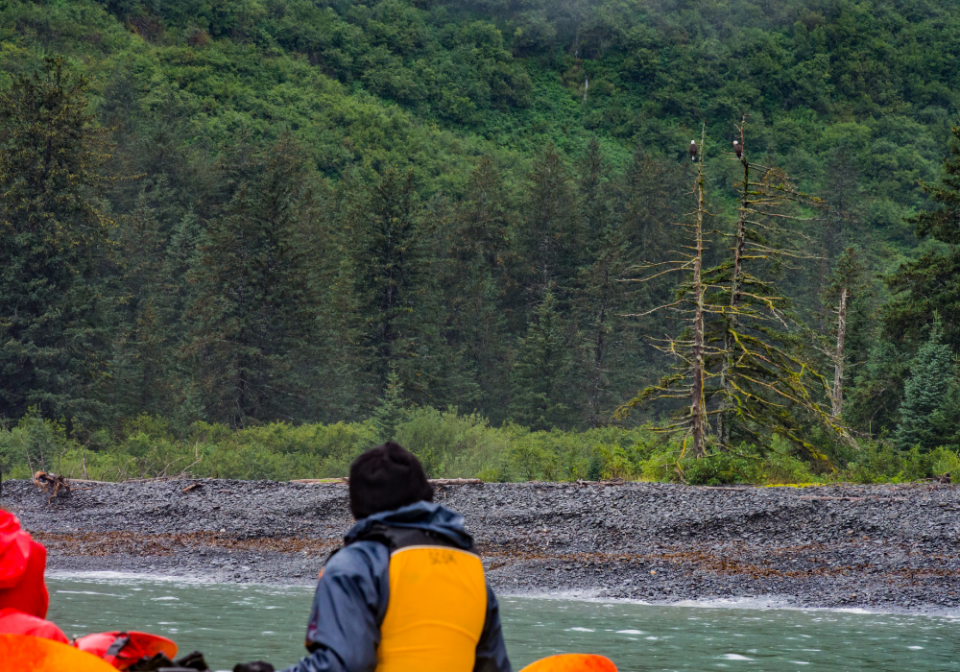
Kenai Fjords National Park for Bald Eagles
Seeing bald eagles in Kenai Fjords National Park in Alaska is a majestic experience. The bird is known for its impressive wingspan, striking white head, and keen eyesight, symbolizing strength and freedom. You can spot these birds perched on treetops or soaring through the sky while gliding gracefully on thermal updrafts.
In Kenai Fjords, the female bald eagle lays one to four eggs between the first of April and the middle of May. Both parents take turns incubating the eggs for a period of about 34 days.
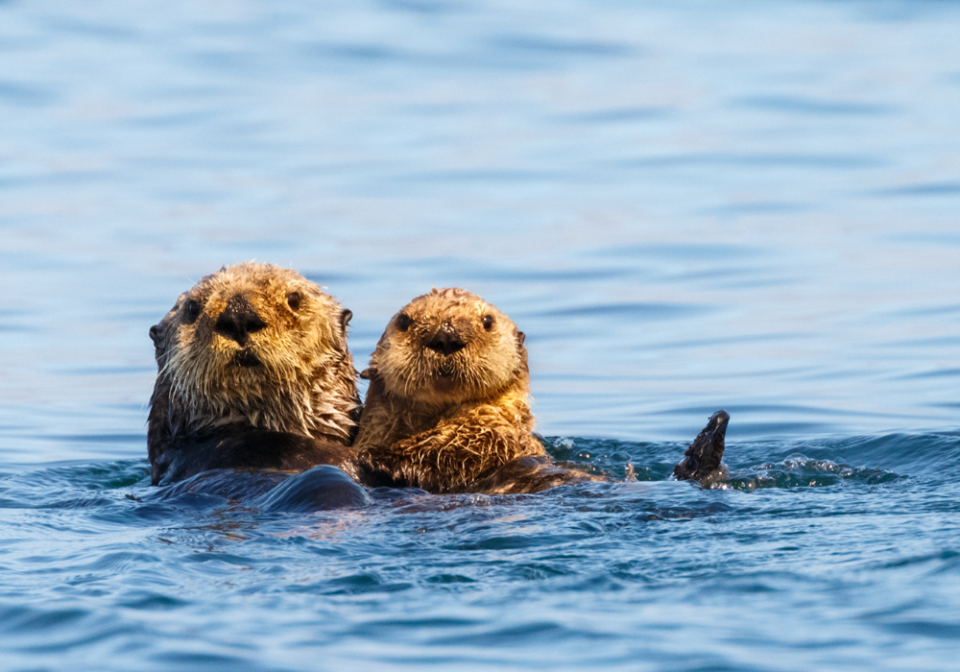
Olympic National Park for Sea Otters
The coastal beauty of Olympic National Park in Washington is made even more beautiful by the presence of sea otters. Watching sea otters at Olympic National Park is always a delightful wildlife experience. These charismatic marine mammals are famous for their playful behavior and attractive appearance. Olympic National Park provides an ideal habitat for sea otters because of its abundant kelp forests and rich coastal waters with blooming marine life.
The park is also home to deer, elk, and bears in the valley and mountain meadows. It’s also the place to see impressive runs of Pacific salmon outside of Alaska.
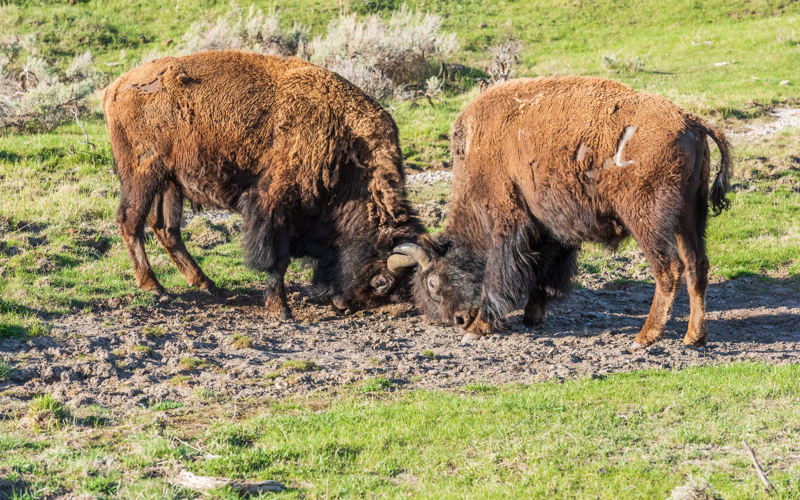
Yellowstone National Park for Herds of Bison
In Yellowstone National Park, encountering a herd of bison is a truly iconic and awe-inspiring wildlife experience. These majestic creatures are known as the American bison or buffalo, synonymous with the American West’s untamed spirit. Yellowstone is home to one of the largest wild bison populations in the world, and witnessing a herd in action is a testament to the park’s commitment to preserving these incredible animals.
The bison rut that is in full swing in July and August is the best time of year to visit Yellowstone to hear bellows in the air and male-to-male clashes! Definitely keep your distance from bison during the mating season!
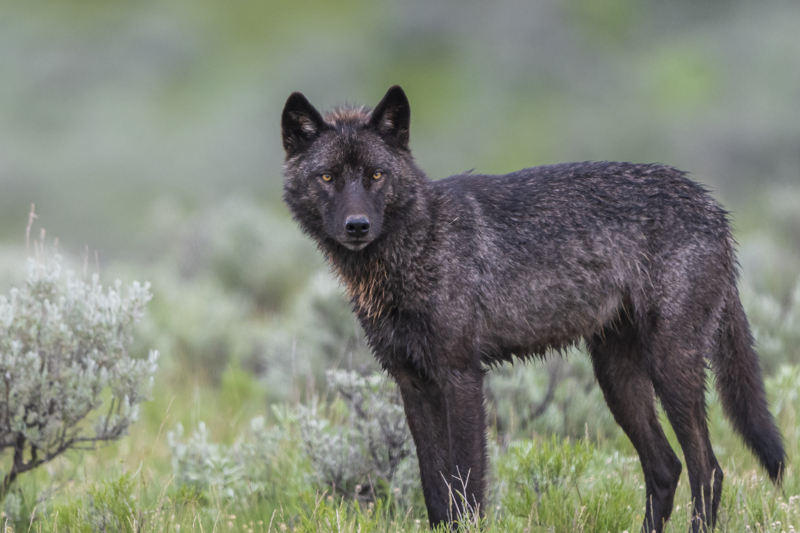
Yellowstone National Park for Wolves
In the vast wilderness of Yellowstone National Park, spotting a wolf is one of the most beautiful wildlife encounters. These elusive and iconic predators have made a remarkable comeback (during 1995) in the park after facing near-extinction.
Since Yellowstone is home to one of the largest wolf populations in the United States, it offers a unique opportunity to observe these majestic creatures in their natural habitat. With their sleek gray or black coats, piercing eyes, and powerful presence, wolves embody the untamed spirit of the wild.
One of the best places to see wolves at Yellowstone is the Slough Creek area near Lamar Valley and in Hayden Valley. We’ve had amazing wildlife sightings at Yellowstone from our car and pullouts in the road, not from backcountry hiking.
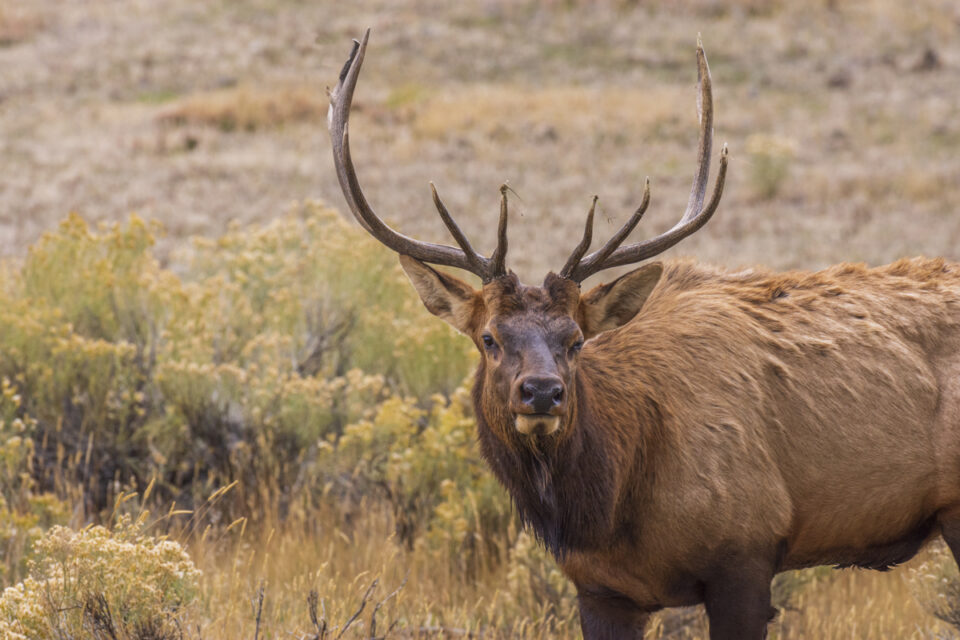
Zion National Park for Elk
Observing a herd of elk is a mesmerizing wildlife experience in Zion National Park, Utah. These majestic creatures, also known as wapiti, symbolize the park’s rich biodiversity and natural wonders.
You will find elk herds in the park’s open meadows or dense forests. During the rut (fall mating season), male elk emit haunting bugling calls and engage in dramatic displays of dominance to attract mates, which is a thrilling spectacle for most onlookers.
Highway 9 is one of Zion’s four scenic drives where you can see big horn sheep so keep a look-out! And there are always deer along the Pa’rus Trail and along the Zion Canyon Road.
CLICK TO SHOP FOR US NATIONAL PARK GUIDES & MAPS
Plan a US National Park Vacation
- National Parks by State
- US National Parks Pass
- US National Park Packing List
- US National Parks to Visit With Kids
- Best National Parks to Visit by Month
- 63 Fun Facts about US National Parks
National Park Planner
Check out the National Park Planner that includes blank packing list, daily itinerary, expense log, and photo spots pages to help you organize your vacation! Simply click on the image below to grab your free copy!


